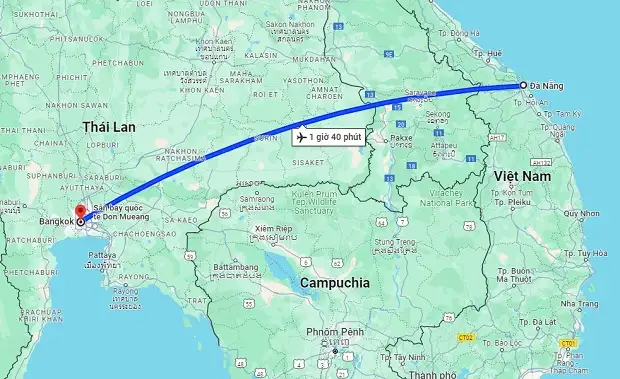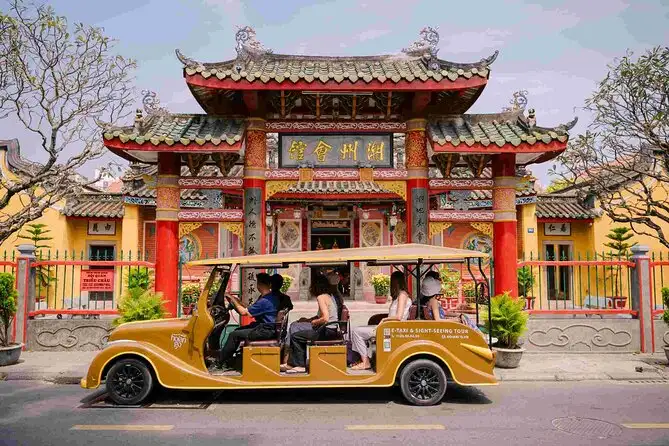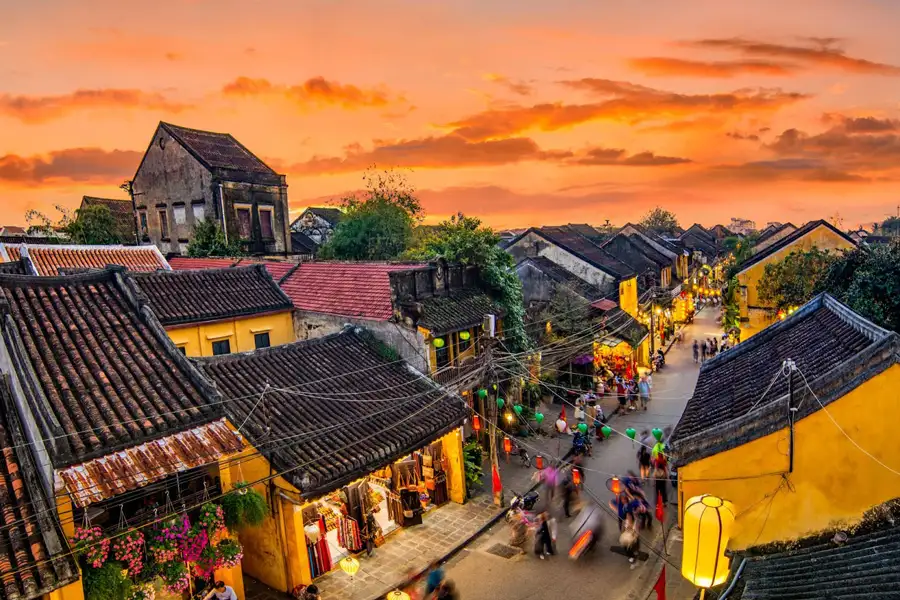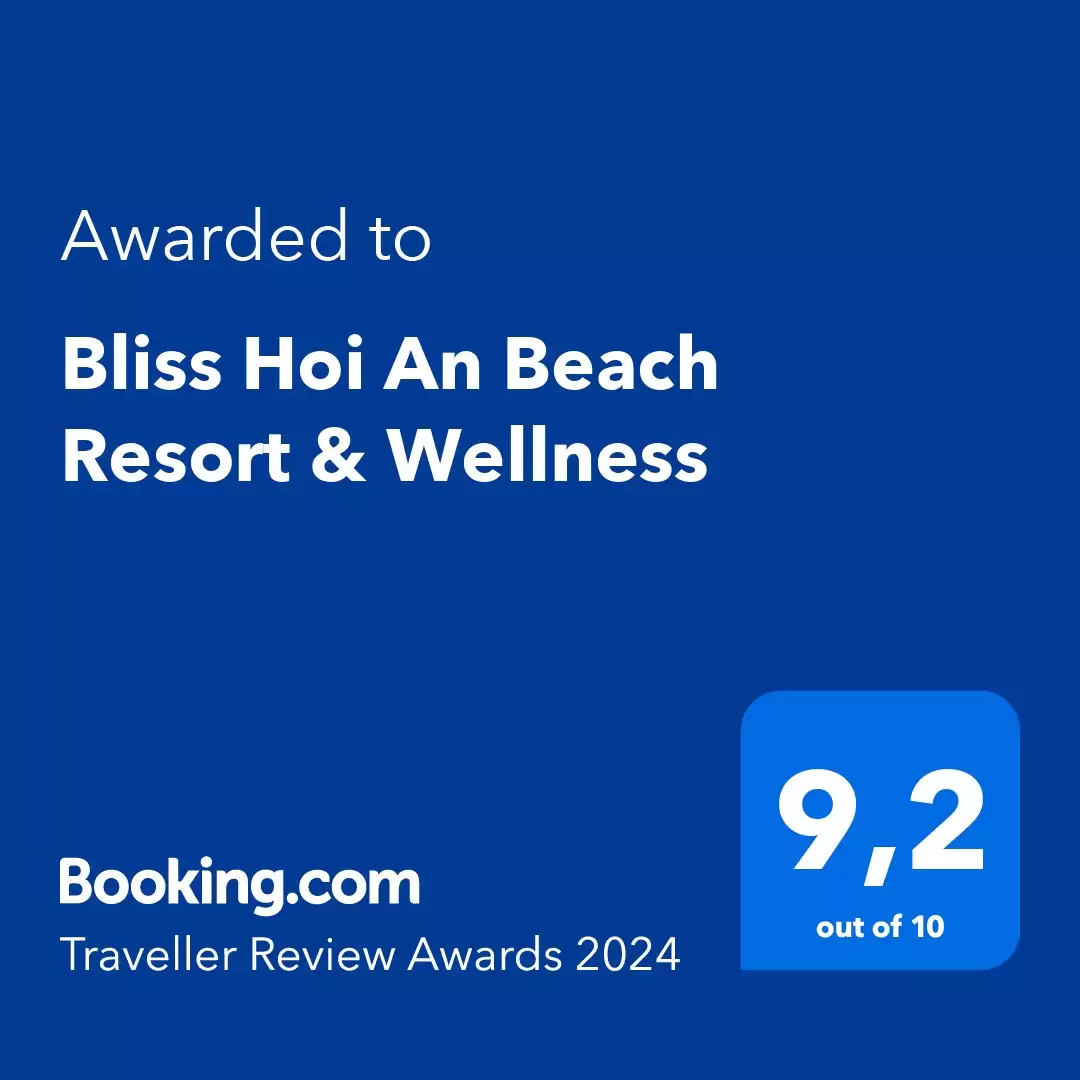How to travel from Bangkok to Hoi An? Best tips for an ultimate journey
Hoi An, a UNESCO World Heritage Site, is a charming gem in Vietnam known for its vibrant culture, stunning landscapes, and rich history. With affordable travel options and easy entry procedures, it’s no wonder this destination attracts many Thai travelers. Whether you’re seeking a quick getaway or a culturally rich adventure, the journey from Bangkok to Hoi An offers convenience, affordability, and unforgettable experiences. This guide will walk you through why Hoi An is a favorite, how to get there, and essential tips for a seamless trip.
Why is Hoi An so popular among Thai travelers?
Hoi An has become a top travel pick for Thai tourists in recent years for good reason. Firstly, getting there is fast and easy, with direct flights from Thailand to Da Nang, followed by just a 30-minute drive to the ancient town. In particular, since 2018, Vietnamese entry policies have been relaxed for Thai citizens, allowing visa-free stays of up to 30 days, making spontaneous getaways more accessible than ever.

What truly captivates travelers is not just the ease of getting there, but the timeless charm that Hoi An effortlessly exudes. Stroll through its magical, lantern-lit streets, explore the rich cultural tapestry of a UNESCO World Heritage Site, and relax on the sun-kissed shores of An Bang and Cua Dai beaches. Just a short drive away, Ba Na Hills offers a refreshing mountain escape, complete with the iconic Golden Bridge and a dreamy, European-style setting. Exploring Hoi An is a seamless blend of culture, nature, and adventure – all wrapped into one unforgettable experience.
A quick overview of the Bangkok to Hoi An route
The Bangkok to Hoi An route is one of the most popular travel paths for Thai tourists visiting Vietnam. Most travellers begin their trip in Bangkok and fly into Da Nang, a vibrant coastal city. From there, it’s just a short 30 km journey to the charming streets of Hoi An.

Tourists typically catch a flight from Bangkok straight to Da Nang International Airport (DAD). From there, it’s just a short and scenic drive to the charming ancient town of Hoi An. For those with a thirst for adventure, an overland journey through Laos or Cambodia is also an option, though it’s a less popular route due to the longer travel time and added logistics. Whether you’re a first-time visitor or a seasoned traveler, the Bangkok to Hoi An route offers flexibility, affordability, and a chance to immerse yourself in Vietnam’s charm.
How to get from Bangkok to Hoi An?
There are several ways to travel from Bangkok to Hoi An, with flying being the most popular and practical option. That said, if you’re an adventurous soul craving a more unique experience, the overland route might just be your thing. Below, we break down both travel options to help you choose the one that best fits your style and schedule.
Going from Bangkok to Hoi An an flight
Hoi An may not have its own airport, but getting there from Bangkok is easier than you might think. With just a short flight and a scenic ride, you’ll be wandering through lantern-lit streets, sipping Vietnamese coffee, or gliding on a basket boat before you know it.

To get to Hoi An from Bangkok, your first step is flying into Da Nang International Airport – the closest airport to Hoi An, located just 30 kilometers away. Several airlines operate direct flights from Bangkok’s Suvarnabhumi or Don Mueang Airport to Da Nang, including Thai VietJet Air, AirAsia, Bangkok Airways, and Vietnam Airlines. The flight takes approximately 1 hour 45 minutes to 2 hours. Round-trip fares generally range from THB 2,000 to 5,000, depending on the time of year and how early you book. For the best prices, use fare comparison sites like Skyscanner or Google Flights and try to book 2-3 months in advance.
Once you arrive in Da Nang, getting to Hoi An is a breeze, with a variety of transport options. If you value comfort and convenience, a private transfer or taxi is the fastest way to reach Hoi An, taking around 45 minutes and costing THB 500-700. For something more adventurous, try a basket boat ride through Bay Mau Coconut Forest, complete with boat tricks and folk singing (around THB 100-250 per person). Budget travelers can opt for shuttle buses or Grab rides, which offer a balance between cost and ease. If you’re traveling light and don’t mind a slower pace, the local yellow bus (Route #1) is the cheapest option, costing just THB 30-60, though it may be crowded.
Pro tip: Book your flights early to secure the best deals, especially during peak travel seasons like November to March. Use flight comparison tools like Skyscanner or Traveloka to find competitive prices and track fare changes over time.
Travelling from Bangkok to Hoi An by car
Traveling by car from Bangkok to Hoi An is a lengthy and adventurous option, typically involving crossing multiple borders through Laos or Cambodia. This journey is best suited for those with ample time and a love for road trips.

The most common route passes through Laos: starting from Bangkok, you drive northeast to the Nong Khai border, cross into Laos at Vientiane, continue south through Savannakhet, and enter Vietnam via the Lao Bao border. From there, the journey continues to Da Nang and finally to Hoi An. The total distance ranges from 1,200 to 1,500 kilometers, depending on the specific route taken. The trip usually takes 2 to 3 days, allowing for rest stops and time at the border.
You’ll need a valid passport, an International Driving Permit, and possibly visas for Laos and Vietnam. Thai citizens can enter both Laos and Vietnam without a visa, while travelers from other countries may need to apply in advance or secure an e-visa. Make sure your vehicle has the necessary documentation for cross-border travel. Keep in mind, the route involves changing road conditions, multiple border crossings, and language barriers, so hiring a local guide or joining an overland tour is highly recommended.
Read more: What to see in Hoi An: A guide to unmissable attractions
Tips for a perfect Bangkok to Hoi An trip
To make your Bangkok to Hoi An journey smooth and enjoyable, here are some practical tips to keep in mind.

Exchange money for smooth spending
Vietnam uses the Vietnamese Dong (VND), and while some places in Hoi An accept US dollars, it’s best to have local currency for small transactions. Exchange Thai Baht (THB) for VND at reputable exchange counters in Bangkok or Da Nang. Avoid exchanging money at airports for better rates. ATMs are widely available in Da Nang and Hoi An, but check with your bank for international withdrawal fees. A rough estimate: 1 THB ≈ 715 VND (as of June 2025).
SIM cards and connectivity
Staying connected is easy in Vietnam. Upon arrival at Da Nang Airport, purchase a local SIM card from providers like Viettel, Mobifone, or Vinaphone. A 1-2 GB daily data plan for 7 days costs around 150,000-200,000 VND (210-280 THB). Alternatively, eSIMs are available for tech-savvy travelers. Wi-Fi is widely available in hotels, cafes, and restaurants in Hoi An, but a SIM card ensures connectivity on the go.
Read more: 22+ Best places to eat in Hoi An you shouldn’t miss
Best time to visit Hoi An
Hoi An is a year-round destination, but the best time to visit is from February to April, when the weather is dry, pleasant, and ideal for exploring. Temperatures range from 20-28°C with little rain, making it perfect for walking the lantern-lit streets or taking a boat ride along the river. While the rainy season (September to January) brings more showers, it also means fewer tourists and lower prices – great for budget-conscious travelers. If possible, avoid the rainy season (October-November), when storms can occasionally disrupt travel plans.
For an unforgettable experience, plan your visit around the Hoi An Lantern Festival, held every month on the 14th day of the lunar calendar. On this magical night, the town glows with colorful lanterns, music, and traditional performances – a dreamy sight that captures the heart of Hoi An’s charm.
How to get around Hoi An

Hoi An’s Ancient Town is compact and pedestrian-friendly, with many streets closed to motorized vehicles. Here’s how to explore:
- Walking: Many hotels offer free or affordable bicycle rentals (20,000-50,000 VND/day). Riding to nearby beaches like An Bang or exploring the peaceful countryside is both relaxing and scenic.
- Bicycles: Many hotels offer free or affordable bicycle rentals (20,000-50,000 VND/day). Riding to nearby beaches like An Bang or exploring the peaceful countryside is both relaxing and scenic.
- Motorbikes: Renting a motorbike (100,000-150,000 VND/day or 140-210 THB) gives you the freedom to explore at your own pace. Just make sure you have a valid license and always wear a helmet for safety.
- Taxis/Grab: Taxis or the Grab app are great for longer trips or when you’re carrying luggage. They’re especially convenient for routes to Da Nang Airport, Marble Mountains, or Ba Na Hills.
Where to stay in Hoi An?
Hoi An offers a wide range of accommodations to suit every budget. Backpackers can find affordable stays at hostels and guesthouses for 150,000-300,000 VND/night (210-420 THB). Mid-range travelers will enjoy the charm and comfort of boutique hotels priced around 500,000-1,000,000 VND/night (700-1,400 THB).
For a luxury experience, high-end resorts offer world-class amenities at a higher price point. Expect elegant designs, beachfront views, and top-tier service that make your stay truly unforgettable. It’s best to book early and stay near the ancient town or An Bang Beach for easy access to attractions.

With countless places to stay in Hoi An, Bliss Hoi An Beach Resort & Wellness shines as a premier choice. Located just beside the peaceful Binh Minh Beach, this beachfront retreat offers spacious rooms with breathtaking sea views, a tranquil spa, and a stunning infinity pool that melts into the horizon. The resort also provides a free shuttle to Hoi An Ancient Town, making exploration effortless. It beautifully balances luxury and tradition, making it a top pick for those wanting to unwind and explore.
Reach out to us through + 84 235 3874 888 for more details and best deal!
More tips for a seamless trip

- Plan around visa limits: Thai travelers can stay in Vietnam for up to 30 days without a visa. Plan a 3-5 day itinerary to maximize your time in Hoi An, with optional day trips to Da Nang or Hue.
- What to bring: Pack lightweight clothing, comfortable walking shoes, a hat, and sunblock to stay cool under Hoi An’s warm sun. Sudden downpours, especially from September to January, make a compact raincoat or umbrella a smart addition. Don’t forget a universal power adapter, as Vietnam typically uses Type A and C sockets.
- Language: English is widely spoken in tourist areas, but learning a few Vietnamese phrases like “Xin chao” (Hello) or “Cam on” (Thank you) can enhance your experience. Google Translate is also helpful for communication.
- Cultural respect: Dress modestly when visiting temples or historical sites. Bargaining is common in markets, but do so politely.
Traveling from Bangkok to Hoi An promises a journey full of cultural charm, scenic landscapes, and wallet-friendly experiences. With easy flight connections, visa-free entry for Thai travelers, and countless things to see and do, Hoi An is perfect for both short escapes and longer adventures. Use the tips above to plan your trip smoothly, and get ready to be captivated by the town’s ancient beauty, lantern-lit nights, and warm hospitality. Book your tickets now and let Hoi An work its magic on you!








